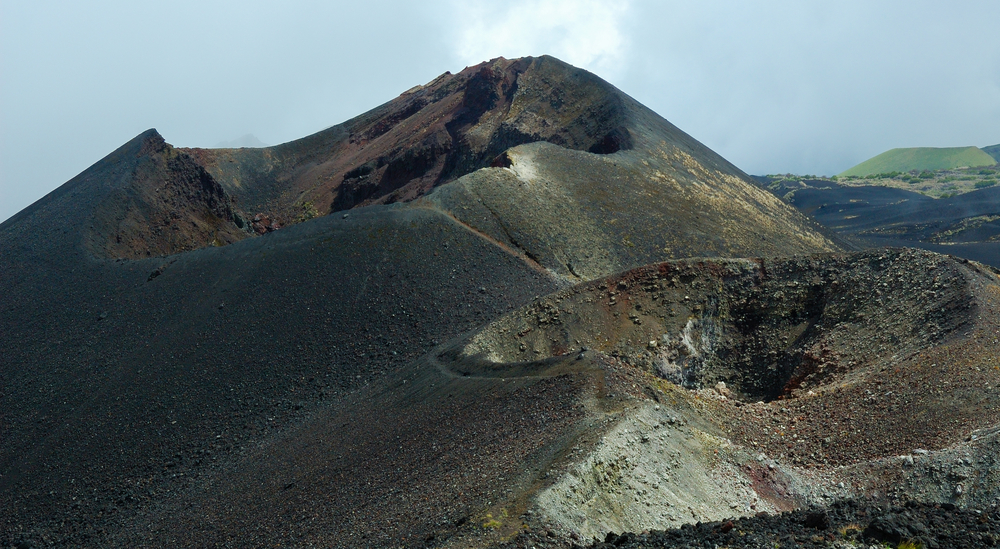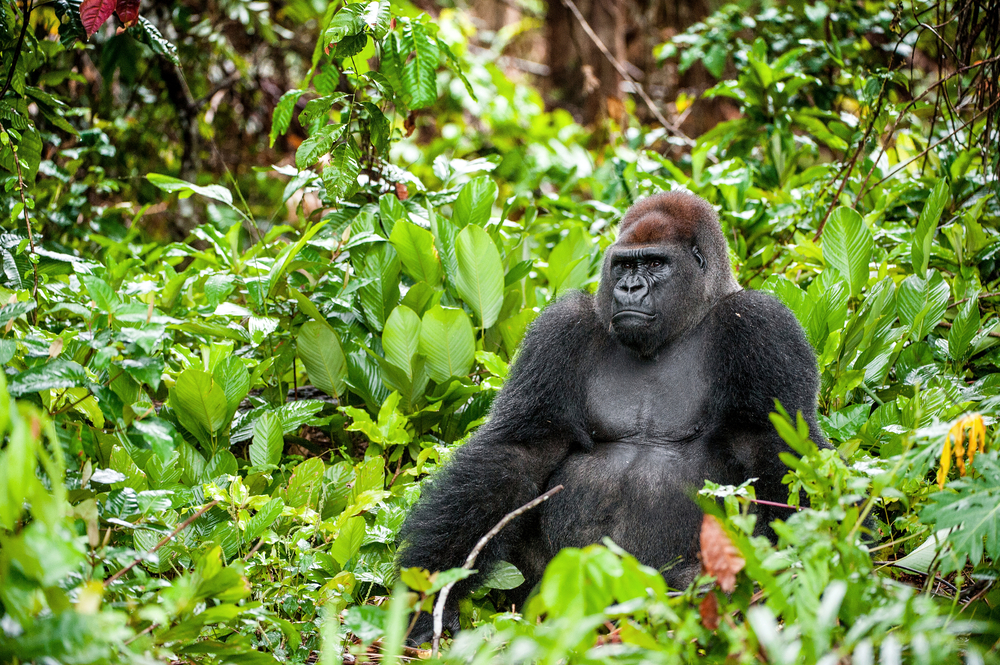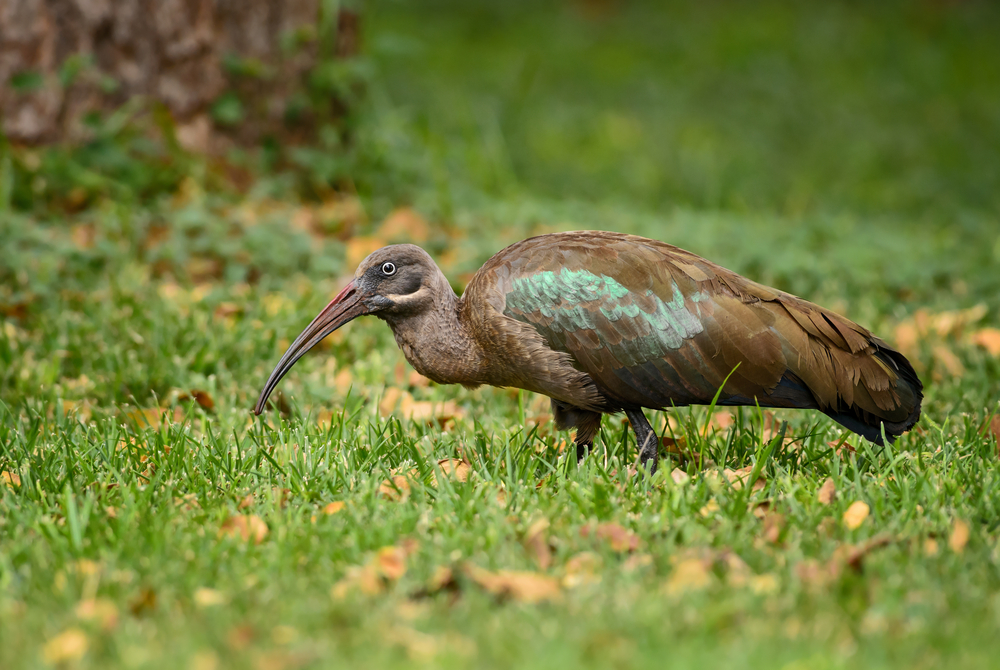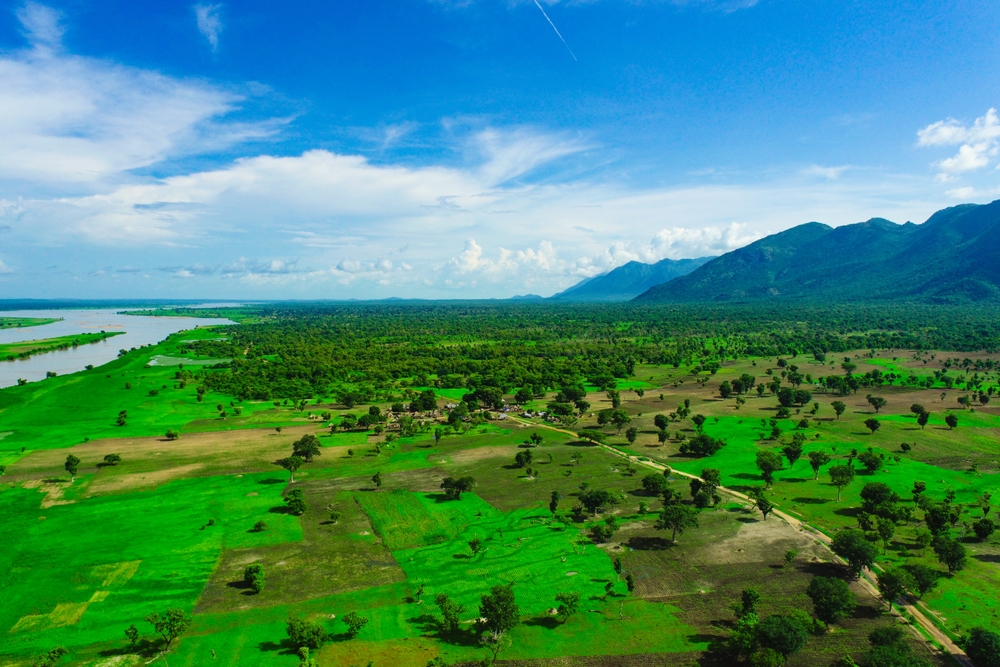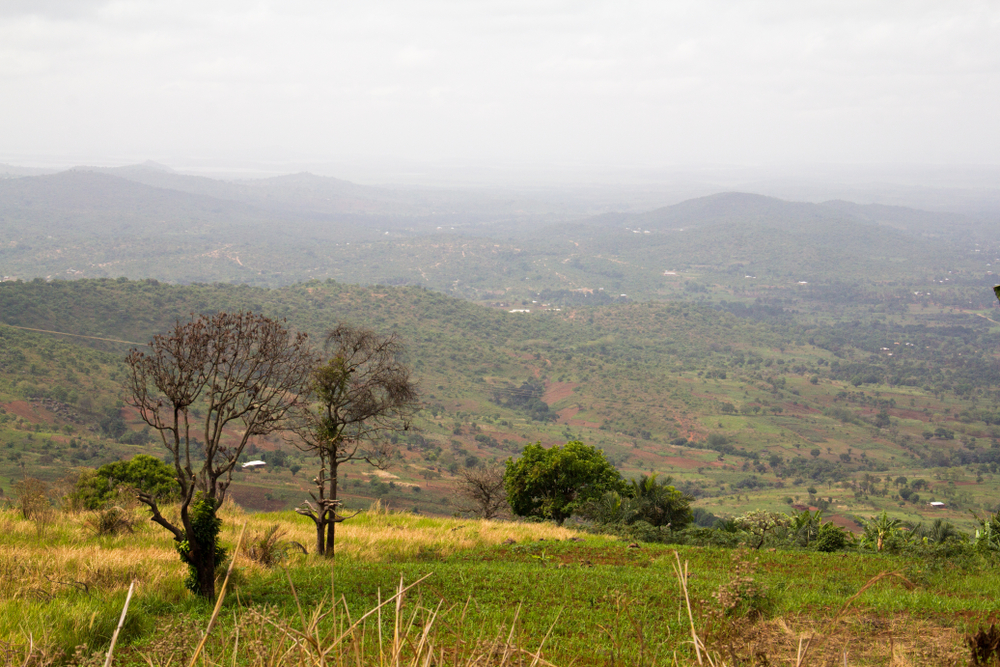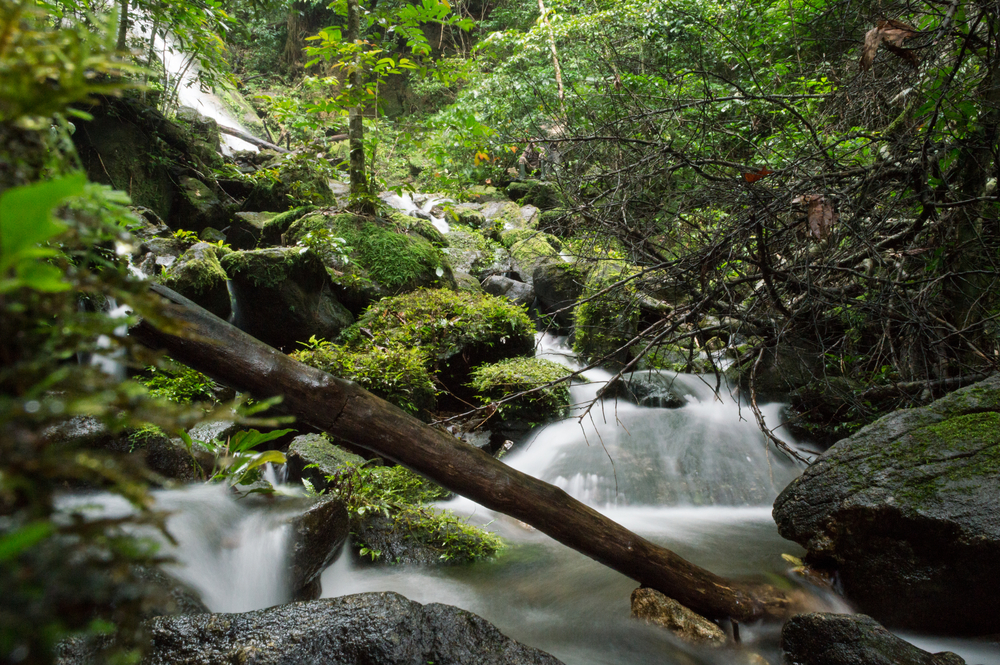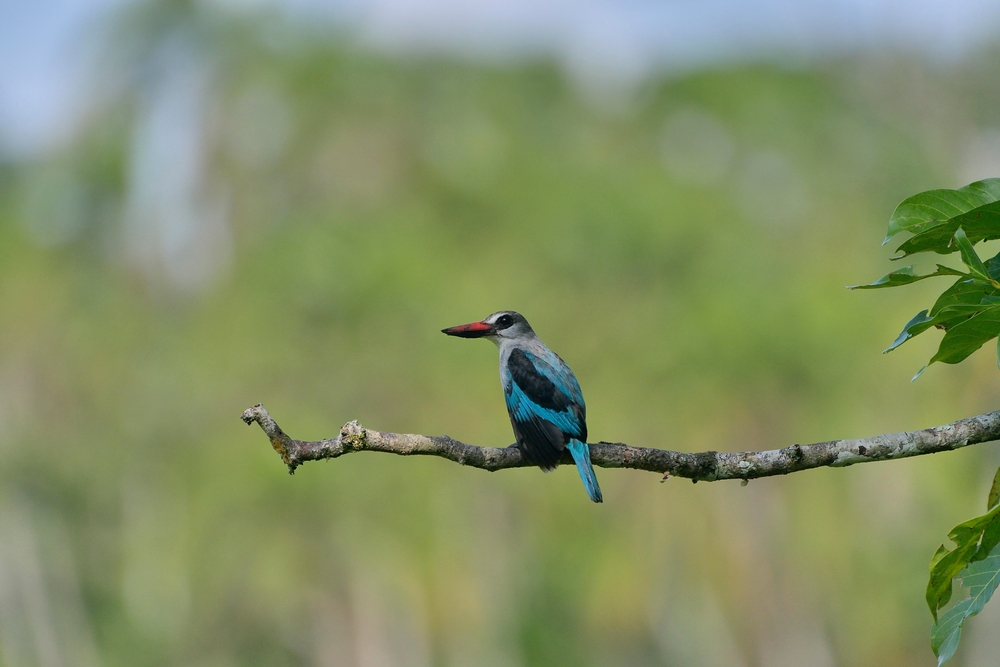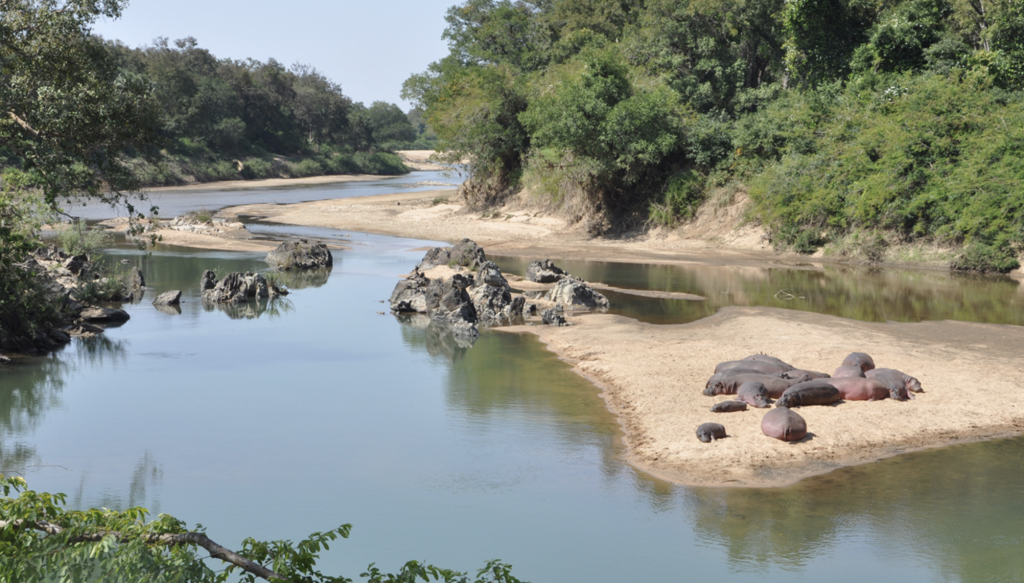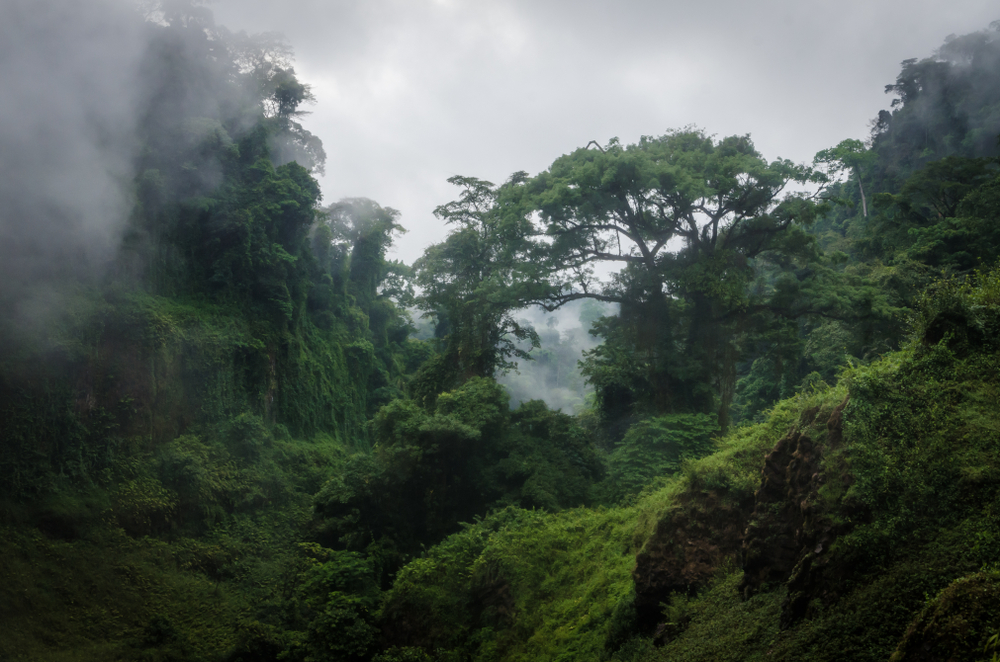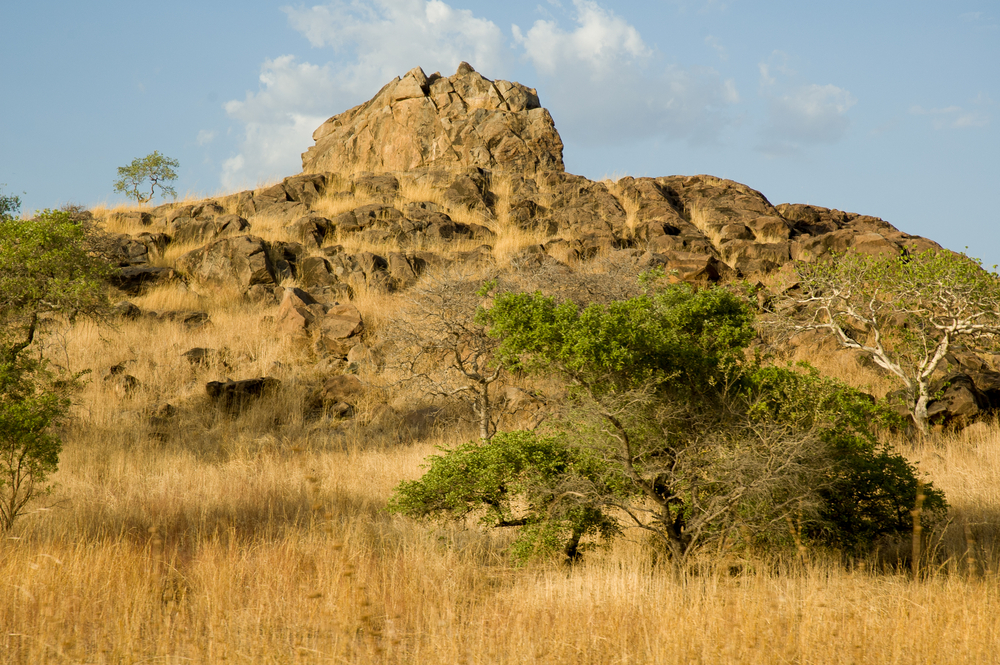Mount Cameroon Overview
Mount Cameroon National Park, locally known as “Parc National du Mont Cameroun”, is a breathtaking natural treasure located in the Southwest Region of Cameroon. Established in 2009, the park spans approximately 580 square kilometers (224 square miles) and is centered around Mount Cameroon, the highest peak in Central and West Africa at 4,095 meters (13,435 feet). The park is a vital conservation area, preserving unique biodiversity while serving as an important cultural and ecological landmark.
The park’s terrain is dominated by the towering Mount Cameroon, an active stratovolcano that features a dramatic range of landscapes. These include lush lowland forests, montane grasslands, rocky volcanic slopes, and craters formed from past eruptions. The varying altitudes and microclimates create distinct ecological zones, each supporting its own unique flora and fauna. The lower regions are covered in tropical rainforests, while higher elevations feature grasslands and alpine vegetation.
Mount Cameroon National Park is a haven for biodiversity, with numerous species found nowhere else in the world. Its wildlife includes forest elephants, chimpanzees, and the elusive Drills, a primate species. Birdlife is particularly rich, with endemic species like Mount Cameroon francolins and green-breasted bushshrikes. The park also hosts a variety of reptiles, amphibians, and insects, including rare and endangered species. The plant life is equally diverse, with orchids, ferns, and medicinal plants thriving in the park’s diverse habitats.
Visitors to Mount Cameroon National Park can engage with its natural wonders through various activities. Hiking and trekking are the most popular, with trails ranging from beginner routes to challenging ascents to the volcano’s summit. The annual Mount Cameroon Race of Hope attracts athletes and spectators from around the world, offering a unique way to experience the mountain’s rugged terrain. Birdwatching, wildlife observation, and photography are also rewarding activities, thanks to the park’s rich biodiversity and stunning landscapes. Guided tours and community-based tourism initiatives provide opportunities to explore the park while learning about local traditions and conservation efforts.
Despite its ecological and cultural significance, Mount Cameroon National Park faces challenges. Agricultural expansion, illegal logging, and poaching threaten its ecosystems and wildlife. Human-wildlife conflict is also a concern, as local communities expand their activities near the park’s boundaries. Climate change poses additional risks, altering rainfall patterns and impacting biodiversity. Conservation efforts, led by the Cameroonian government in collaboration with international organizations, focus on habitat protection, anti-poaching patrols, and community engagement. Eco-tourism is being promoted as a sustainable alternative, generating income while fostering local stewardship.
Mount Cameroon National Park is an iconic symbol of Cameroon’s natural beauty and biodiversity. Its towering peak, unique ecosystems, and cultural significance make it a must-visit destination for nature lovers and adventurers. Protecting this park ensures the survival of its rare species and habitats, supporting broader global efforts to conserve biodiversity and combat climate change.








































































